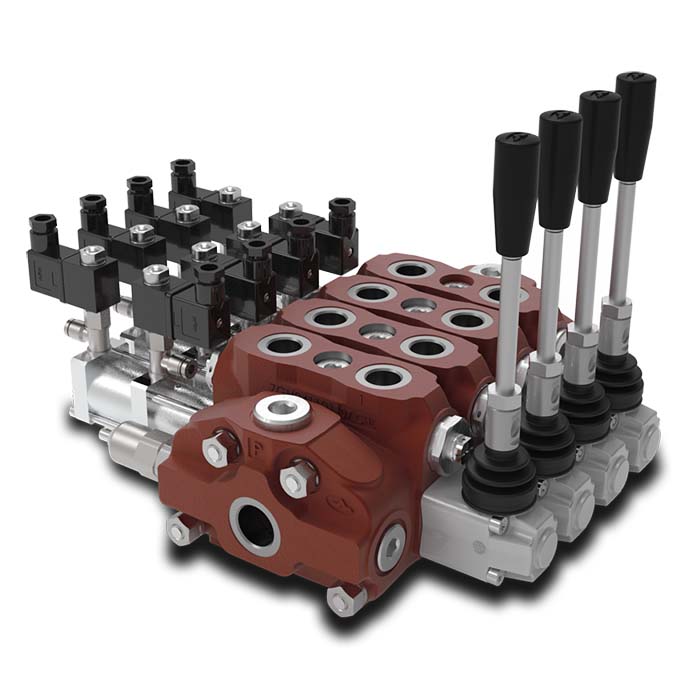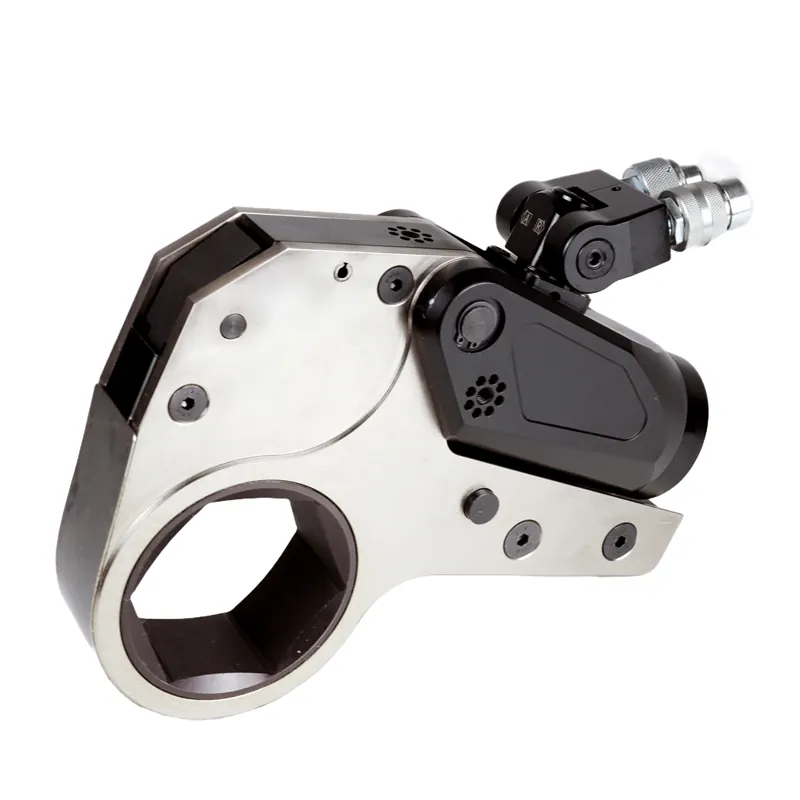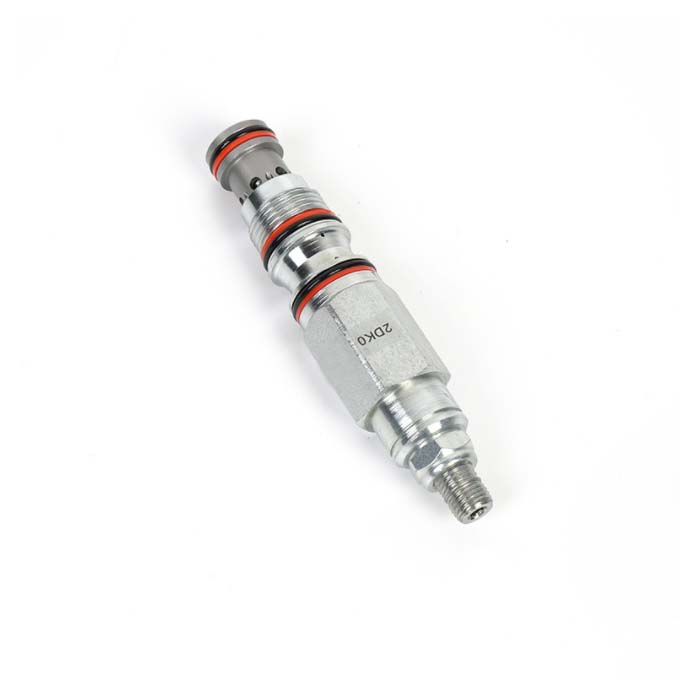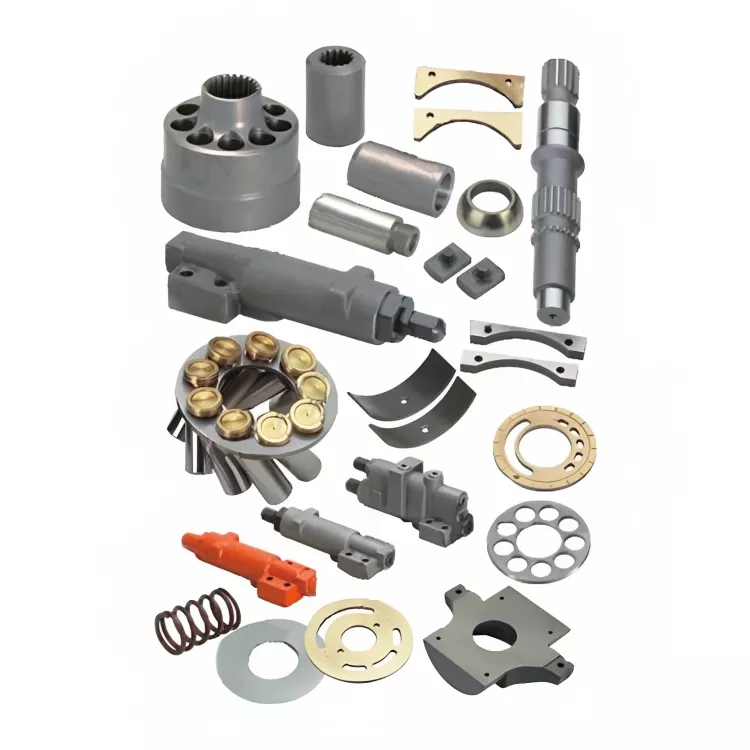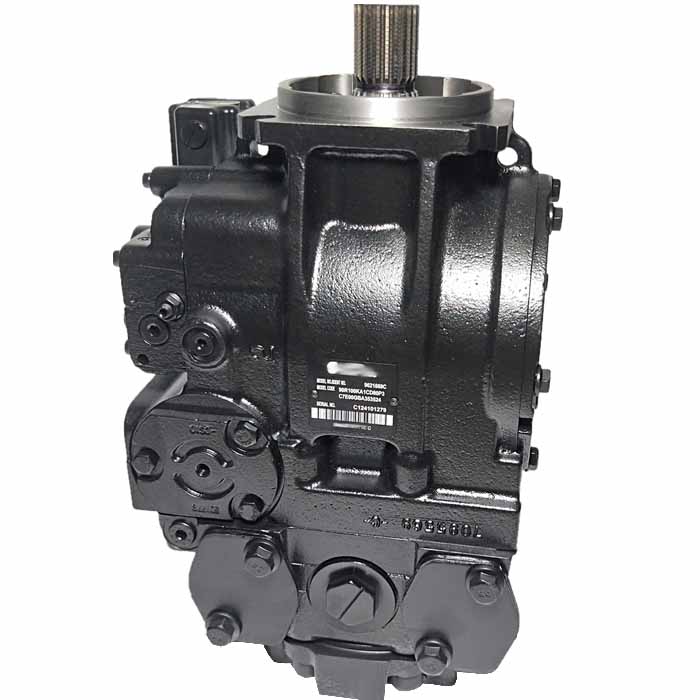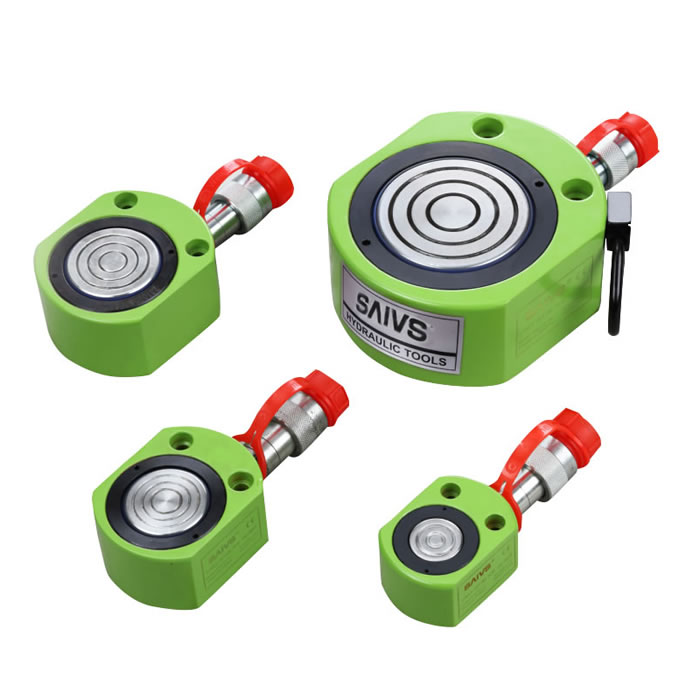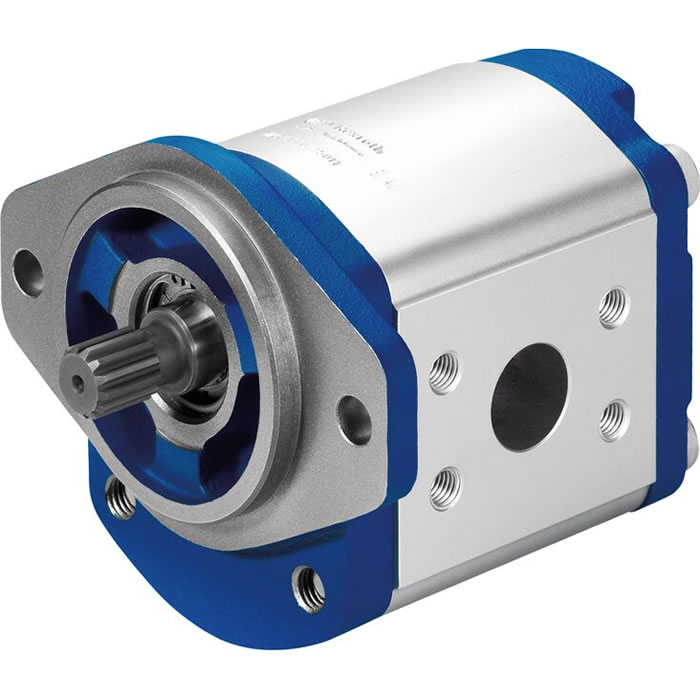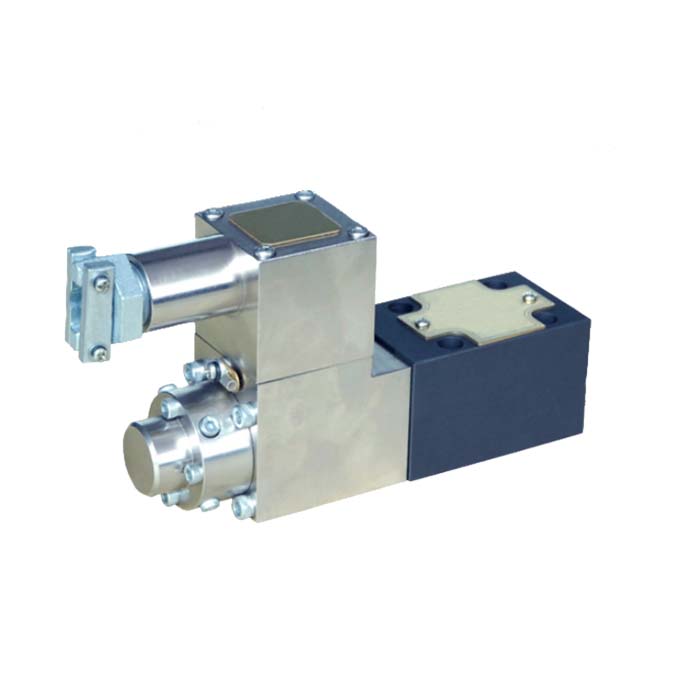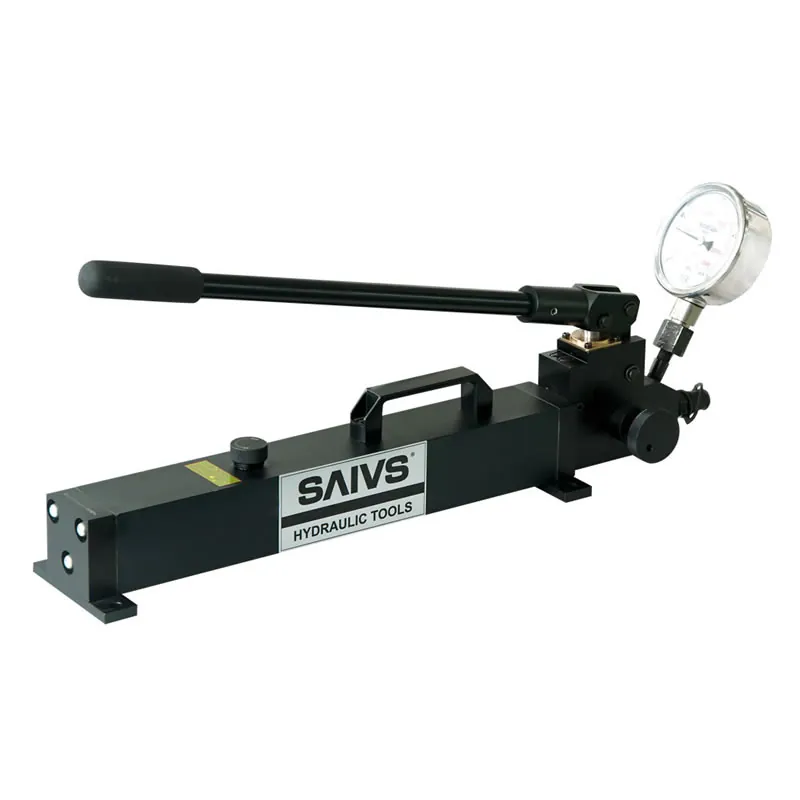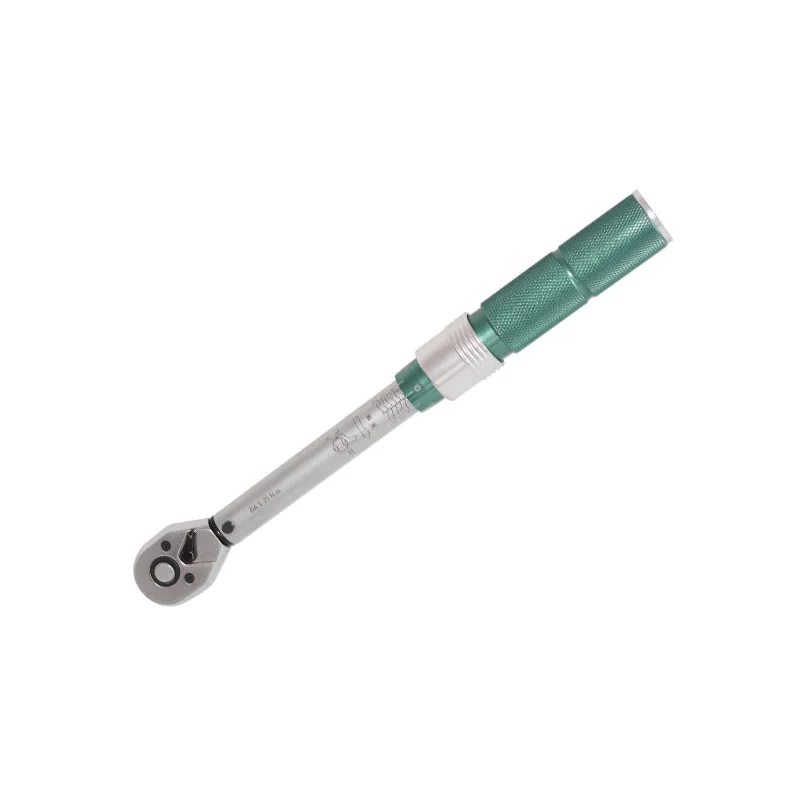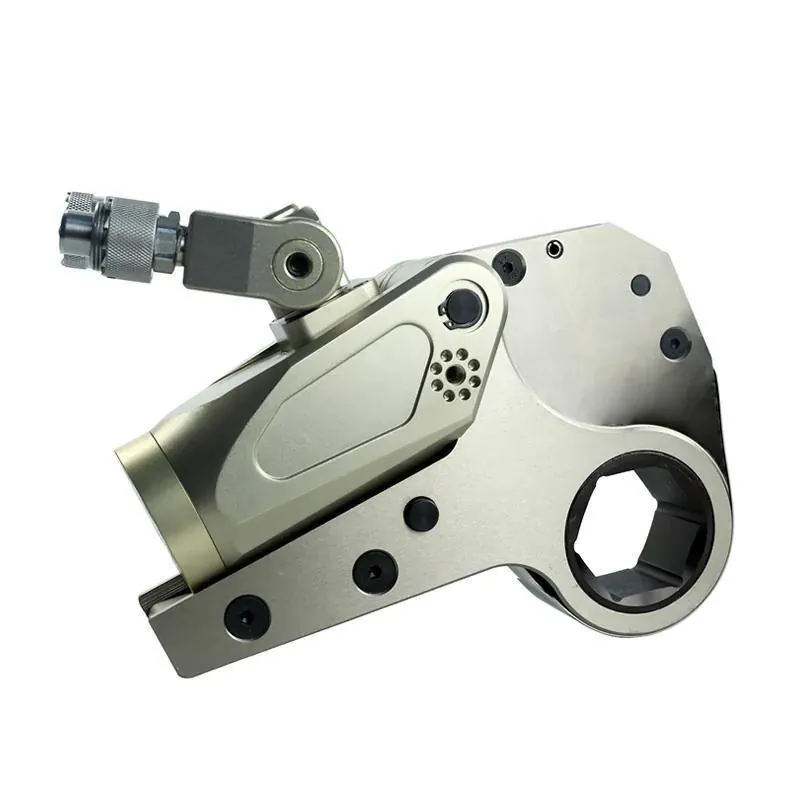Measurement of the dead band in a control valve
The control valve with a dead band behaves like there may be some kind of resistance or response between the output of the controller and the actual position of the stem in the valve actuator.
When the direction of controller output is changed at any instant.
The dead band needs to pass over before the physical movement of the valve stem.
The dead band in the system might be produced by the clearances in a mechanism caused by physical gaps between parts with mechanical looseness or play in mechanical linkages.
The dead band may also be caused by
Excessive valve friction,
Undersized actuator,
Defective positioner.
Dead band is also known as mechanical counter back.
This effect is higher in rotary valves because of the rotary actuator and shaft coupling design and it is required to translate to rotary motion.
A shaft windup occurs in rotary valves where there is a twisting of the actuator shaft.
Due to the high friction of the sealing surface, the ball or disc gets stuck and will not rotate for closing and opening action.
Finally, the ball or disc releases or fleas and shifts to a new position.
How does the dead band in the control valve occur?
Dead band in a control valve occurs by packing friction, unbalanced forces, and some other factors in the control valve assembly.
The dead band control valve is the range a measured signal can vary without initiating a response from the actuator.
The concept of the dead band for direct and reverse acting control valve actuator is illustrated below schematic representation.
Every control valve actuator is built with a spring with a defined spring constant.
A certain dead band in a valve actuator is connected to that spring constant.
Dead band influences the control valve operation during automatic loop control.
The control loop tolerance for the dead band varies widely depending upon the response of that loop.
An increasing or widening dead band in a control valve generates a flow or slow control response.
Some common symptoms of the increase in the dead band include:
No movement in the control valve after the control action is initiated by the controller.
A jump movement after a start control action.
Oscillating movements of the valve actuator at the time of automatic loop control.
How do you determine the dead band control valve?
Understanding the concept of the dead band helps in troubleshooting the process control loop problems.
Increasing the dead band results in a slower control response of the system.
Therefore we have an idea of the level of the dead band in a control valve that is at the heart of a critical process operation.
Connect a pressure source of 0 – 60 psi to the control valve actuator in the bench set range of the valve.
The procedure to determine the dead band and the bench set range of the control valve is shown below:


Isolate the control valve from the operation and apply the source of supply pressure.
The given supply pressure must be near the lower bench set range of the pressure.
Now gradually raise the pressure until the valve travel must reach the mid travel is approximately at mid-travel.
Note this pressure reading as P1 which is indicated on the pressure gauge PG.
Now gradually decrease the pressure until the valve travel must reach the initial position of the valve travel.
Note this pressure reading as P2 which is indicated on the pressure gauge PG.
Now subtract both pressure values P1 and P2 to obtain a dead band in psi.
Here the dead band is the difference between two pressures P1 and P2. And measured on the PSI scale.
Finally, calculate the percent of the dead band by using the relation of the bench set range.
DEAD BAND
BENCH SET SPAN
The dead band in a valve is a major supporter of surplus process changeability.
Control valve assemblies are the primary source of the dead band in an instrumentation and control loop due to the cause of friction, backlash, shaft wind-up, relay or spool valve dead zone, etc.
A dead band is a general occurrence where a controller output range values fail to generate a change in the measured value or process variable (PV) when the direction of the input signal is reversed.
The process variable (PV) diverges or drifts from the set point during the time of occurrence of load disturbance.
This deviation initiates a required action through the controller and back through the process.
The change in controller output doesn’t affect the process variable, meaning that it will not produce any corresponding corrective change in the process variable.
But the change in the process variable will only occur if there is a maximum change in controller output to progress through the dead band.
The controller can reverse or change its direction at any instant but the controller signal must flow through the dead band before any corrective change in the process variable will occur.
The measured value in the process is certified by the presence of the dead band.
What are the causes of the dead band?
There are many causes for the dead band, the common form of causes of the dead bands are fiction, shaft wind-up in rotary valves, relay dead zone, and backlash in the control valve.
But maximum control actions employed for regulatory control action contain small changes of about 1% or less.
The control valve with an uncontrolled dead band may not respond to small changes of about 1% or less.
A well-designed control valve must respond to control signals of 1% or less to provide an effective reduction in the process variable.
However, it is not curious for some valves to express the dead band as high as 5% or more. But 30% of the valves in a process industry have a dead band more than 4%. And about 65% of the loops have a dead band of not more than 3%.
What are the effects of the dead band?
dead band 1
dead band 2
dead band 3
The above three graphs represent an open-loop test for three different control valves. Under normal operating conditions. These valves A, B, and C are subjected to a series of step inputs which range from 0.5% to 10%.
Open-loop tests under flowing conditions are most important because they allow the performance of the entire valve assembly to be evaluated, rather than just the valve actuator assembly as would be the case under most bench test conditions.

